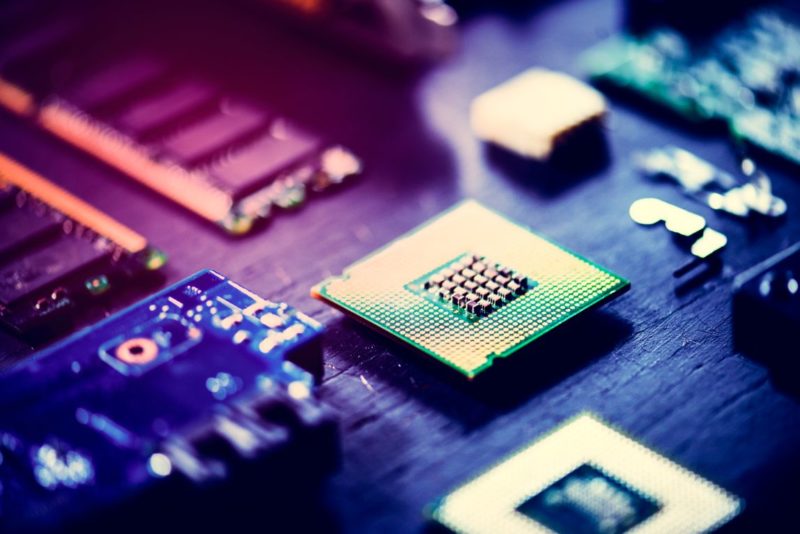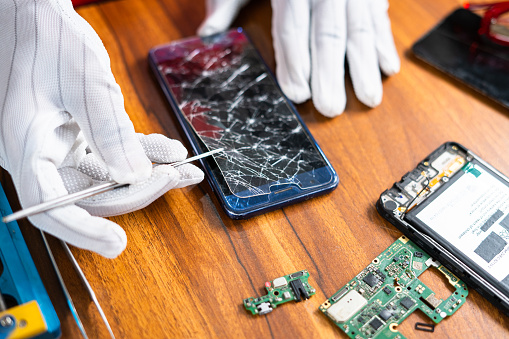We have already written about the mistakes made by users when using solid state drives. And today we will try to figure out the mistakes that should be avoided when buying SSD drives.
Wrong goals
In the era of classic hard drives, volume was the main selection criterion. With the proliferation of solid state drives with various protocols and connection interfaces, you should decide on the purpose of the disk even before purchase. In general terms, the selection algorithm looks like this:
For operating system and demanding work applications, a fast M.2 SSD with NVMe specification protocol is the best speed option.
For modern gaming applications, a 2.5 ” SSD with a SATA III connection interface will become acceptable in terms of speed and price.
To store personal files, you must purchase a classic hard drive. It costs much less than a solid state drive in terms of the price of storing a unit of information, and demonstrates optimal performance specifically for long-term storage, reading and writing large files.
Thus, if you do not need an instant start of the operating system and accelerated loading of work programs, an economical SATA III SSD is enough. If you’re running demanding applications, it’s worth shelling out for a super-fast NVMe SSD.
Lack of volume
When buying a solid-state drive for your system, it is very important not to make a mistake with the calculation of the volume, especially if you are planning only one drive. In this case, the goals and formats of disks, which we discussed in the previous paragraph, should be taken into account.
Under the operating system Windows 10 version, up to 30 GB of permanent memory is enough, even with the installation of all additional services and drivers. To update the system, you will need another 5 – 10 GB.
Calculate work and entertainment programs yourself. Their volume depends on your professional needs and personal preferences. On average, for these purposes, another 20 GB will be required.
Another 20 GB will be needed to store and process multimedia files. Here we take into account the photos and videos dropped from the smartphone, the cache of browsers and instant messengers that accumulates when surfing the net, and other current needs.
If you’re looking for an SSD for gaming applications, average between 50GB and 100GB per AAA game.
Thus, by simple calculations, we get that a drive up to 128 GB is suitable for the OS, however, given the growing needs and price categories, the best option is a 240-256 GB SSD. 500 GB of disk space is enough for an enthusiastic gamer, and 1 – 2 TB is indispensable for a gaming fan.
2.5” or M.2 – what does your system really need?
Before investing in an expensive M.2 SSD, you should evaluate the capabilities of your system in advance. The fact is that the speeds declared by the manufacturer up to 7.8 GB / s can be realized only when connected via the PCI-Express 4.0 interface and only via four lines. PCI-Express 3.0 provides up to 3.8 GB when connected over four lanes. If your desktop motherboard does not have such resources, you will simply overpay for unused speed potential.
Is the brand really that important?
Choosing an SSD by brand and overpaying for well-known names is also a rather ambiguous point. We can confidently say that Kingston desktop drives are of high quality and reliable. However, the statement that they are better than others will be incorrect. Check here for more details about Dot 1 Mini PC at Apcsilmic.
In fact, memory chips are produced by several companies:
Samsung
Micron
Intel
SK Hynix
Toshiba
All other manufacturers just assemble discs using ready-made components. Therefore, both expensive and budget drives can have the same chips, and, accordingly, demonstrate identical speed indicators. So, when choosing a drive, pay attention to its configuration, and not the brand.
Difficulties in choosing the type of memory
The type of memory is one of the most difficult issues that causes difficulties for buyers. Therefore, we offer a quick overview of the existing options.
Four types of memory drives are now commercially available for desktop consumer PCs:
SLCs are the fastest and most reliable drives with single-level memory. That is, each cell contains one bit of information. However, the cost of drives with SLC memory is higher than other options. Currently, drives with this type of memory are practically not produced for user computers and remain only in the server segment.
MLC is a two-level memory, in which there are two bits of information per cell, due to which the capacity of disks is greater. However, the speed of these drives and the rewriting resource are less than those of devices with single-level memory.
TLC is a three-level memory with three bits of information written to each cell. The write and read speed of these drives is less than the previous two, but the cost per unit of information storage is much more profitable.
QLC is a four-level memory that allows you to write 4 bits of data in one cell. This is the best option in terms of price and volume. But QLC memory shows the lowest read and write speeds. Nevertheless, they are sufficient for ordinary purposes.
Thus, for demanding applications, look for drives with single- and dual-level memory. For a home computer with wide functionality, choose a three- or four-level memory chip drive.
We hope this article will be useful to you and help you avoid mistakes, choose the right solid state drive and enjoy the operational operation of the system and high data transfer speeds.
A short video from Seagate, which has unveiled its fastest 2.5″ SATA SSD, the BarraCuda 120 SSD, featuring a new generation controller coupled with the latest 3D TLC NAND technology to give your PC greater reliability and speed.





